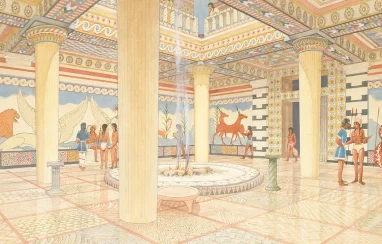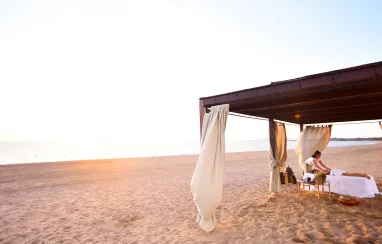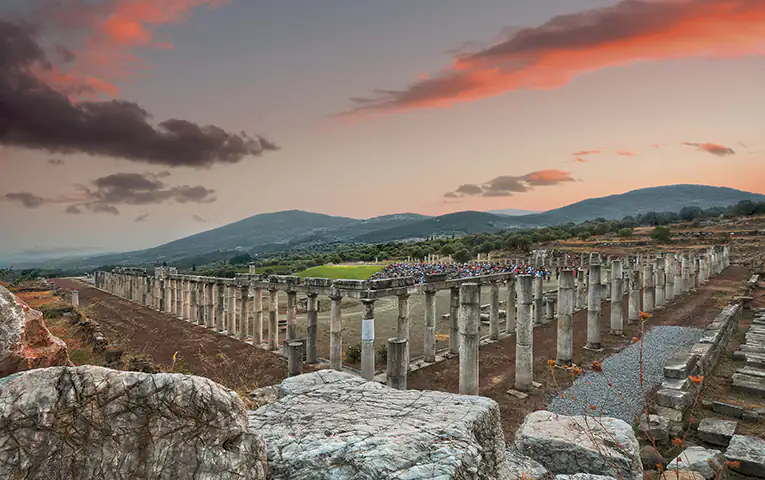
Larger than Athens at the time, Messene was built in 369 BC. Designed according to the Hippodamian grid system, so named after Hippodamus of Miletus, who conceived the idea that a town plan should reflect a rational and democratic social order; so that all residents would get an equal share of land. Fortifications Stretching for 9 km, the massive fortification walls of Ancient Messene are among the best preserved in Greece and – according to Pausanias – were the strongest in antiquity.

At the home of the first Olympic Games, in the 8th century BC, archaeologists are still discovering relics from the distant past. Ancient Olympia, a timeless shrine to the ideals of virtue, honor, peace and noble competition, is a UNESCO World Heritage Site famous for its magnificent stadium and the substantial remains of two. There are three museums open for visits: the Archaeological Museum of Olympia, the Museum of the History of the Excavations in Olympia and the Museum of the History of the Olympic Games of Antiquity.
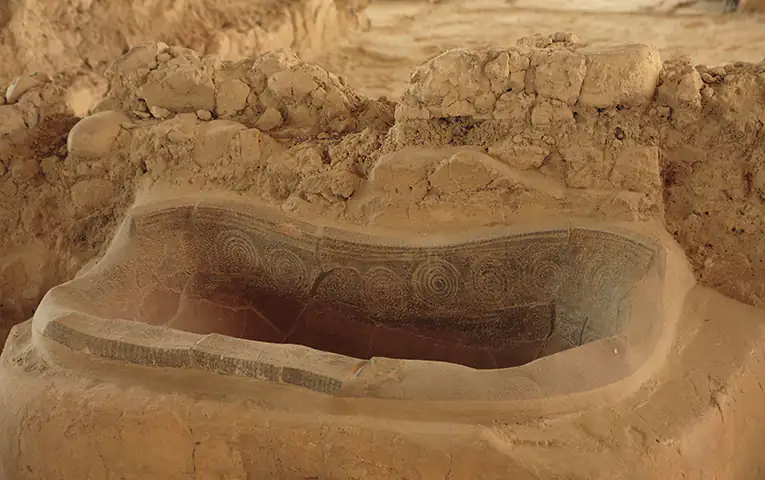
One of the best-preserved Mycenaean palaces in Greece, it was built in the 13th century B.C. by the legendary King Nestor, who appears in Homer’s epics as a gifted orator and sage. To this day, the name Nestor is bestowed as a title of honor and a sign of respect to elders. The palace was razed by fire around a century later and abandoned. The Palace of Nestor was unearthed in 1939, revealing more than 600 clay tablets inscribed with a mysterious script that has come to be known as Linear B, the first written language in history to use syllabic signs. These finds, inscribed with a script that represents the oldest known Greek dialect, proved to be as astonishing as Schliemann’s discovery of the magnificent gold artifacts of Mycenae.
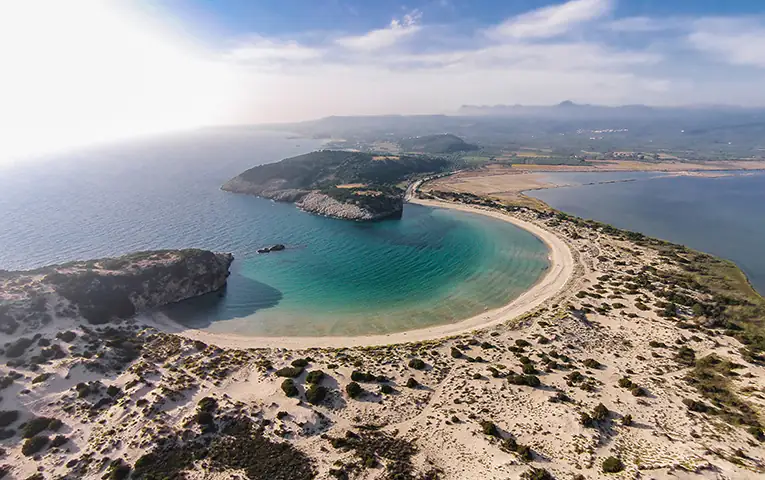
4. Voidokilia
Α stunning Ω-shaped bay, the “Belly of the Ox” features regularly on the lists of the world’s best beaches. For those who haven’t been there yet, photographs of Voidokilia appear artificial or as if they have been touched up with Photoshop. Neither is true. The white sandy beach, separating the Gialova Lagoon from the sea, is a product of nature. It also remains blessedly untouched by human intervention as it is located in a Natura 2000 protected area.
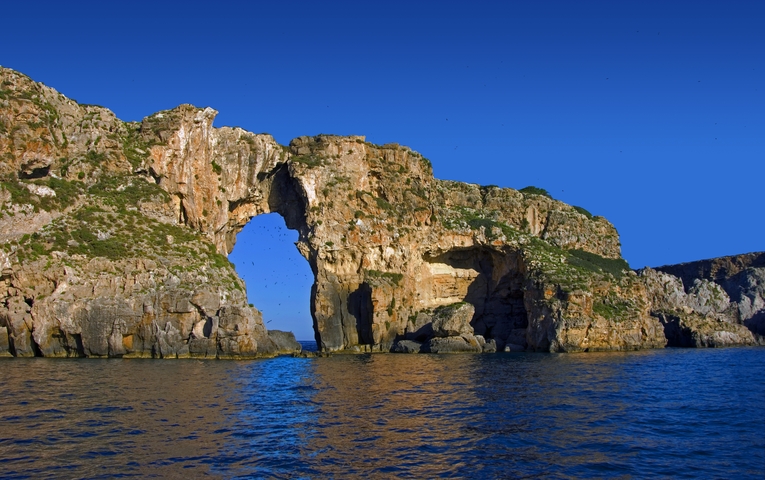
5. Sfaktiria
The guardian of Pylos, one of the biggest natural harbors in the Mediterranean, this uninhabited islet is the final resting place of Napoleon’s nephew, Paul Marie Bonaparte, who died in 1827 in the Greek War of Independence.
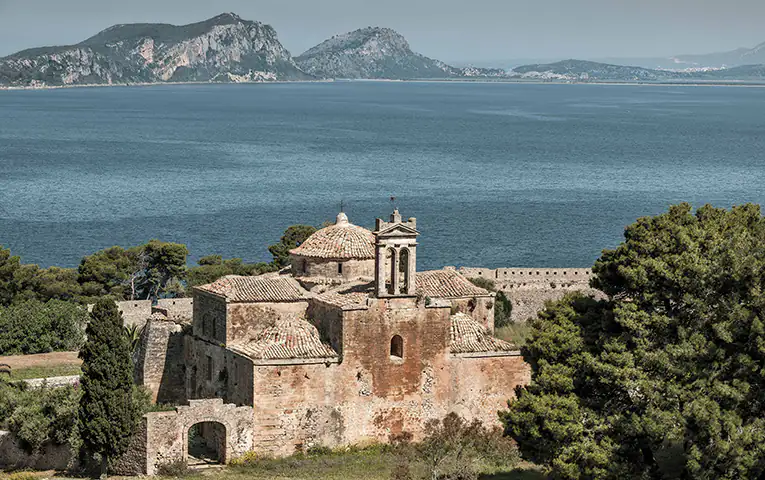
6. Pylos
Here was the stage of the 1827 Battle of Navarino, the last major naval battle ever to be fought with sailing ships and one that signaled the end of Ottoman rule in Greece. Its location has two unique characteristics: It is the safest port in the region and, further out to sea, the deepest part of the Mediterranean, at 5,267 meters. You shouldn’t leave without visiting Niokastro – one of best-preserved fortresses in Greece and surrounded by a beautiful pine forest – its Archaeological Museum as well as the Museum for Submarine Archaeology, which includes the personal belongings of the crew that had been transporting sculptures from the Parthenon in Athens when their ship sank.
